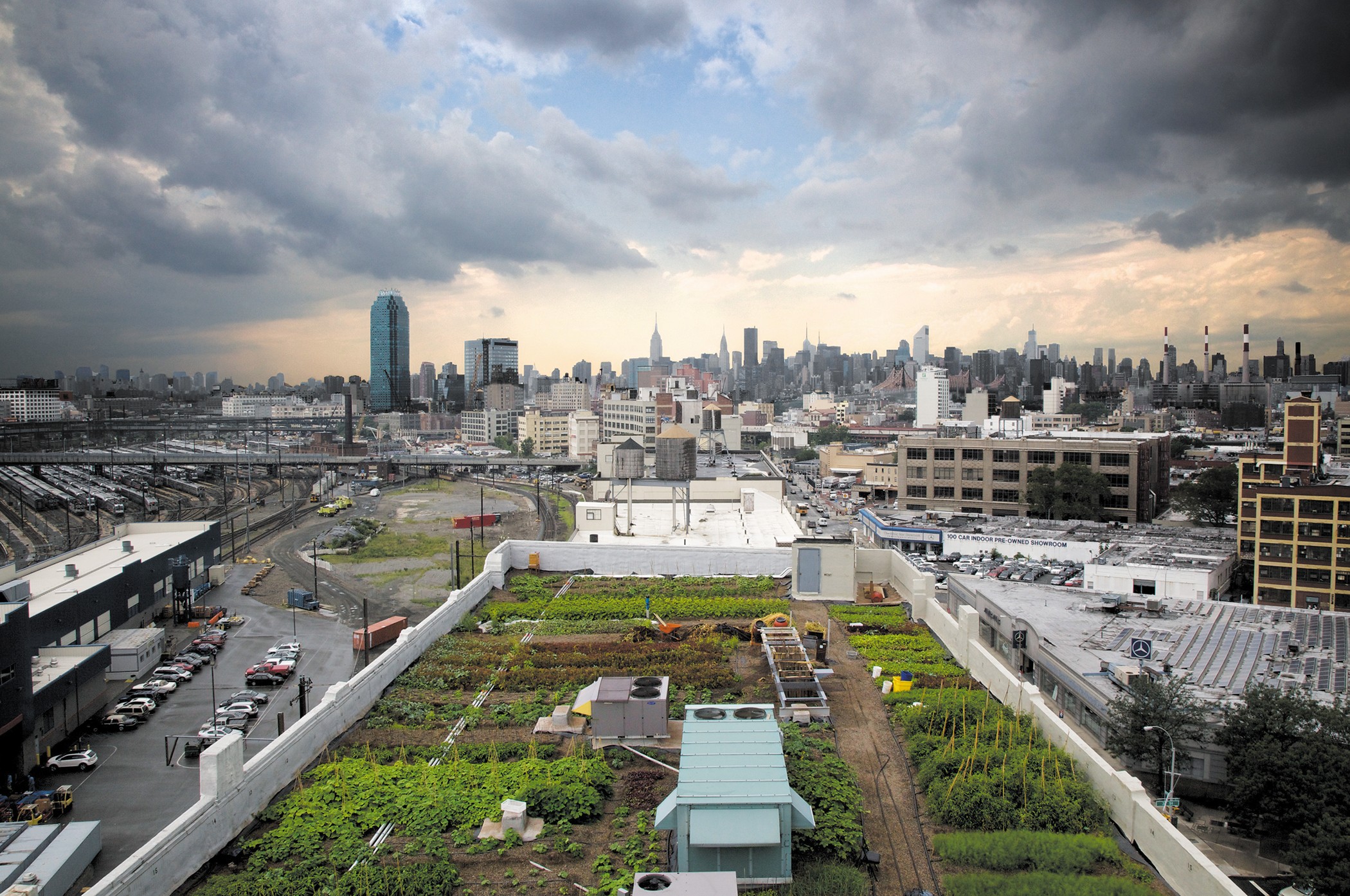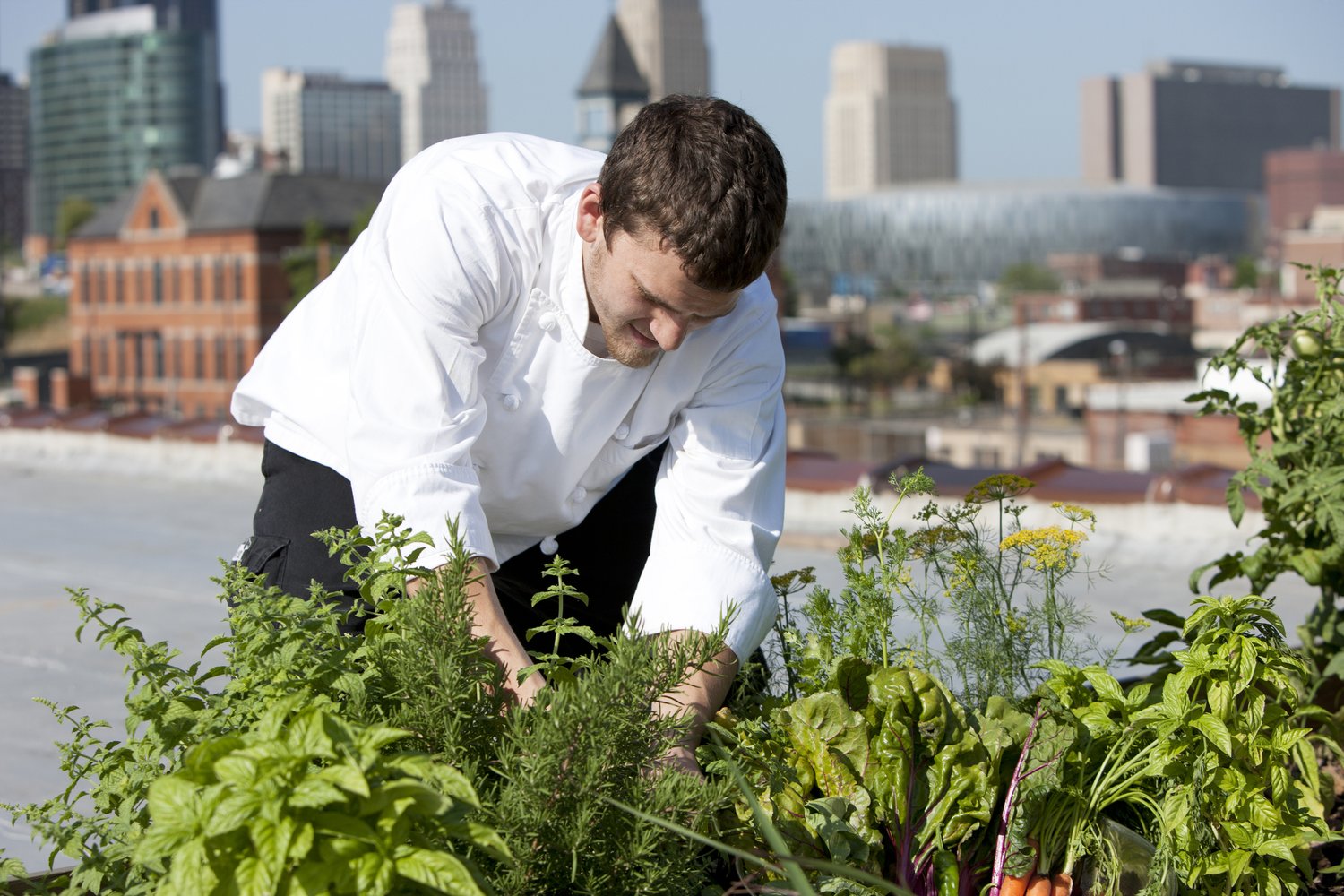City Blooming - Truths
City Blooming - Truths
Blog Article
All About City Blooming
Table of Contents6 Easy Facts About City Blooming ShownIndicators on City Blooming You Should KnowThe smart Trick of City Blooming That Nobody is DiscussingCity Blooming Fundamentals ExplainedFacts About City Blooming Uncovered
Intrigued in growing food available for sale in the City of Chicago? Thinking of starting an area garden? Adjustments to the Chicago Zoning Regulation permit agricultural usages like area gardens and city ranches in several components of the city. Below is a checklist of frequently asked inquiries regarding the rules and guidelines that cultivators should take into consideration when preparing an urban farming project.
The zoning modification does not modify any type of various other codes handling composting, building licenses, purchasing or renting City owned residential or commercial property, service licenses or ecological contamination. There are existing codes that regulate these problems and they remain in complete impact and may be applicable to your project. Area yards are usually owned or taken care of by public entities, civic companies or community-based organizations and kept by volunteers.
Urban ranches expand food that is intended to be offered, either on a nonprofit or for-profit basis. Because of their industrial objective, city farms call for a company permit. Yes. A community garden is allowed to market surplus produce that was expanded on website if the sales are accessory or subservient to the garden's primary function described above.
Some Of City Blooming
The amount of compost product can not surpass 25 cubic lawns at any provided time according to the requirements in 7-28-715 of the City's Municipal Code. Since the dirt at a lot of brand-new garden websites needs modifying, compost, dirt, timber chips, or other products can be obtained to construct or improve the growing room.

If a structure authorization is needed then the hoophouse will be thought about an accessory building. You can figure out more concerning the structure permit requirements by getting in touch with the Department of Structures. The 25,000-square-foot dimension limit is planned to protect against a solitary neighborhood yard from controling an offered block or detracting from the block's existing household or business personality.
The restriction does not put on yards found in Public Open Room (POS) areas. Can there be more than one area yard that is 25,000 square feet on a single block? Yes. The dimension limitation puts on private gardens, not to private blocks. No. Fencing is not required, nonetheless, yards that have huge parking lot might be called for to set up fencing or other landscaping features.
The 5-Minute Rule for City Blooming
B1 & B2 areas need that all business usage tasks be conducted indoors. R districts restrict commercial activity. The policies reflect the function and intent of the Zoning Code. Is fence required for metropolitan ranches? Yes. Fences might be needed, in addition to landscaping and testing, for certain parking lot and outside work or storage areas relying on place and the details activity occurring.
Yes. Urban farms require building authorizations and see page zoning authorizations before building and construction. Various other forms of city evaluation may be needed depending on particular frameworks, activities, size, landscape design, licensing, public heath and stormwater monitoring problems. A lot of these needs are identified in the task layout or allowing process, however, the applicant may be liable to individually recognize certain licenses or permits that may be needed.
Yes. The kind of license is determined by what is happening at the website. The Department of Company Matters and Consumer Defense can help determine the details kind of company certificate that's called for. Yes. Off street car parking is required for many commercial tasks in Chicago. The called for number of vehicle parking rooms is based upon the variety of staff members functioning on website and not the square video footage of the expanding room.
Little Known Questions About City Blooming.

A metropolitan farm can sell compost material produced on website, nevertheless, the procedure must conform with the laws in 7-28-715 of the Chicago Municipal Code. Aquaponic systems are enabled inside your home on city ranches in several zoning districts.
As much as five hives or swarms of honey may be kept as an accessory usage. Beekeepers need to register with the Illinois Department of Farming. For more details about the proposed zoning change you may call the Division of Housing and Economic Advancement, Bureau of Planning and Zoning at 312.744.8563.
Farming in cities and city locations An urban ranch in Chicago. Urban agriculture refers to various techniques of growing. https://www.intensedebate.com/people/cityblooming1, processing, and dispersing food in city locations. The term also relates to the area activities of animal husbandry, aquaculture, beekeeping, and cultivation in a city context. Urban farming is distinguished from peri-urban agriculture, which happens in backwoods beside suburban areas.
City Blooming for Beginners
It can involve a motion of natural cultivators, "foodies" and "locavores", that seek to develop socials media based on a common values of nature and neighborhood holism. These networks can develop using official institutional support, becoming integrated into local community planning as a "change town" activity for lasting urban advancement.
In either instance, the a lot more straight accessibility to fresh veggie, fruit, and meat products that may be understood through city agriculture can enhance food security and food safety and security while reducing food miles, bring about lower greenhouse gas emissions, consequently adding to climate change mitigation. Some of the first evidence of metropolitan farming comes from Mesopotamia.
Report this page